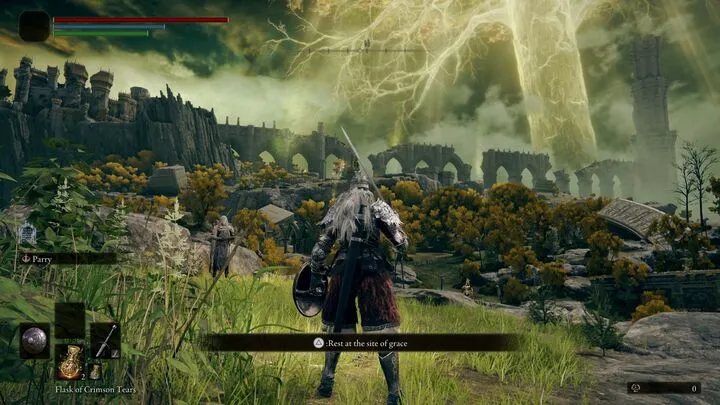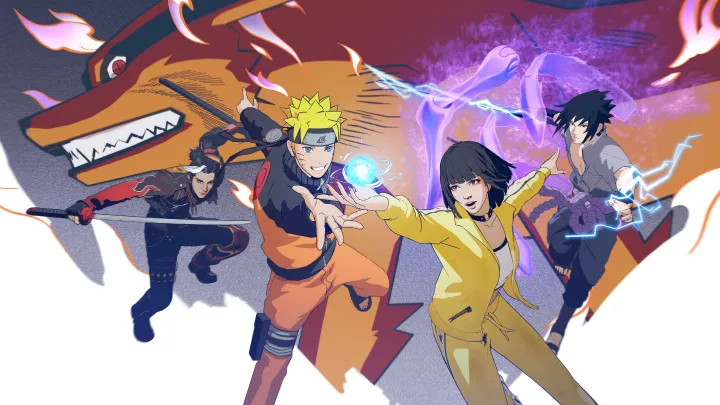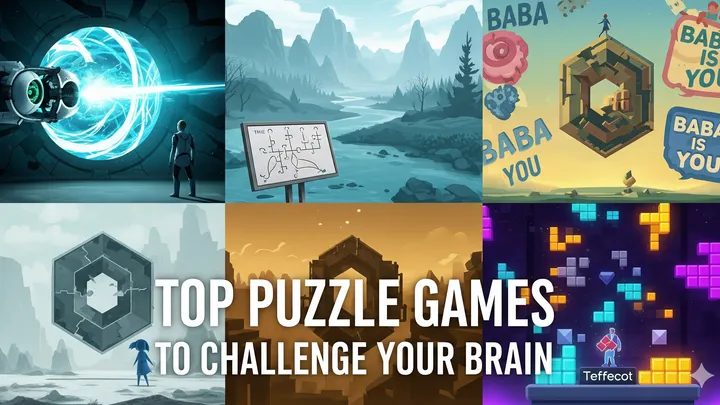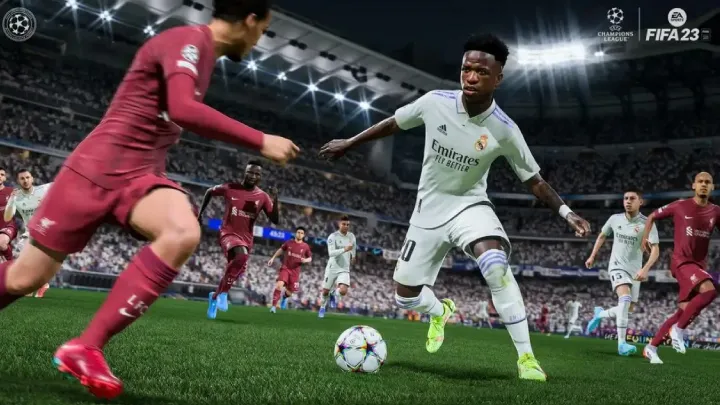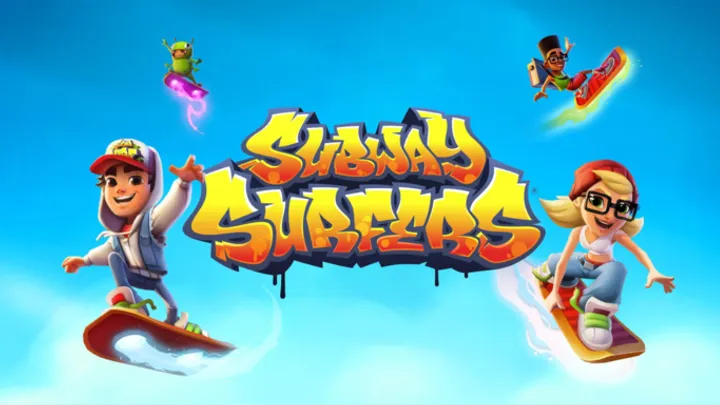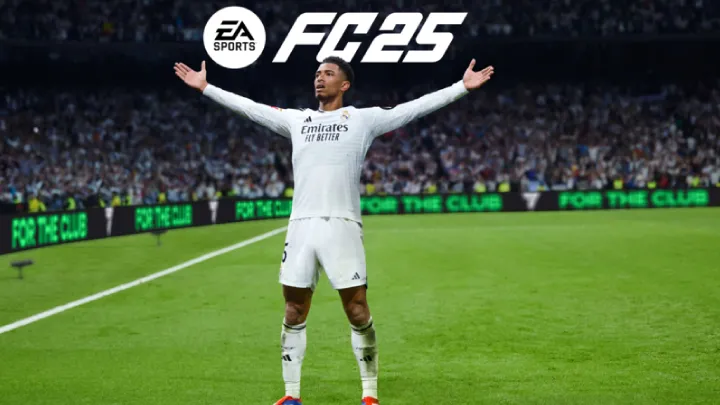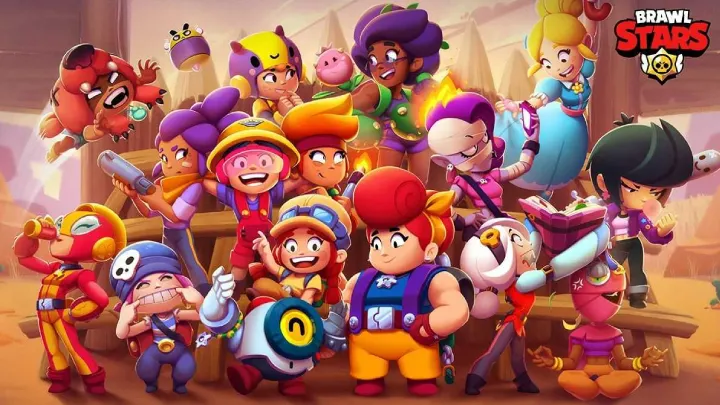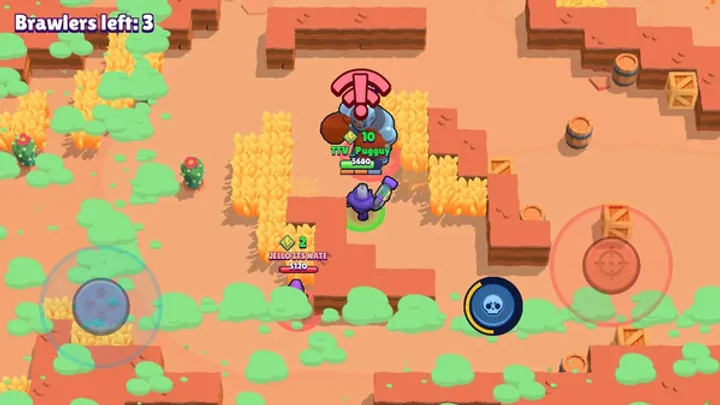Blood Strike has quickly emerged as one of the most popular free-to-play battle royale shooters, gaining traction with its fast-paced combat, low system requirements, and mobile-first design. Yet beneath its accessible exterior lies a pressing issue that has divided players and shaped the direction of the game: the ongoing struggle to balance accessibility with competitive fairness. In other words, how does a game that thrives on being free-to-play avoid the pitfalls of “pay-to-win,” while still sustaining itself financially and retaining its loyal player base? This article explores this issue in detail, examining it from the launch period through the current meta, looking closely at gameplay systems, community sentiment, developer responses, and the broader implications for Blood Strike’s future.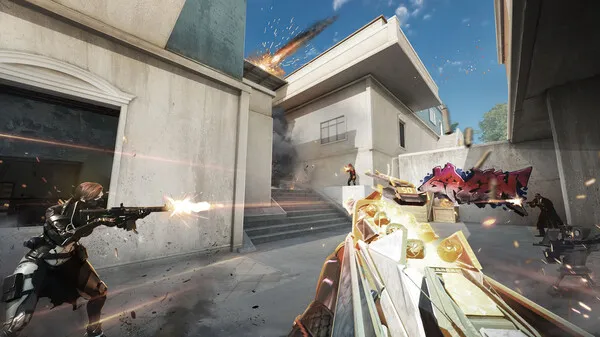
Early Vision: Accessibility at the Core
When Blood Strike launched, its greatest selling point was accessibility. The game’s design was intended to run smoothly on mid-tier devices, with short match times and streamlined mechanics making it a viable competitor to heavier titles like PUBG Mobile and Call of Duty: Mobile.
The developers marketed Blood Strike as a battle royale for everyone—whether you were a casual gamer with limited hardware or a competitive player seeking fast-paced tactical engagements. This vision of inclusivity was central to its rise. However, from the very beginning, monetization lingered in the background. Cosmetic skins, loot boxes, and battle passes hinted at the economic backbone needed to sustain the game.
Promise of Fair Play
- Equal start for all players in every match.
- Emphasis on skill over financial investment.
- Transparent monetization focused initially on visuals.
This promise drew in a large, loyal community who believed Blood Strike could maintain its balance without turning into a pay-to-win trap.
Monetization and the First Cracks in the Armor
As with most free-to-play games, monetization strategies soon became more aggressive. Skins remained the dominant revenue source, but limited-time offers began to creep into gameplay-affecting areas. Exclusive weapons and gear with slight stat advantages entered the store.
While these differences were subtle at first—minor damage boosts or recoil reductions—they sparked debate within the community. What started as whispers on Reddit and Discord evolved into widespread accusations that Blood Strike was slipping toward pay-to-win territory.
Notable Early Complaints
- Exclusive gun variants offering slight performance boosts.
- Paywalled character upgrades tied to microtransactions.
- Limited-time bundles creating fear of missing out.
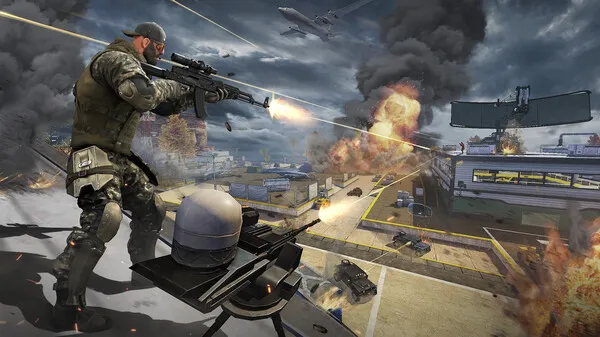
The Rise of Competitive Play
As Blood Strike’s esports scene began to emerge, balancing became a critical issue. Small differences in weapon stats, character perks, or upgrade systems created a noticeable divide between players who spent money and those who didn’t.
Competitive players argued that tournaments were being compromised by hidden advantages. Even minor boosts could shift the outcome of close matches, undermining the legitimacy of Blood Strike’s competitive environment.
At the same time, casual players—who made up the majority of the player base—found themselves discouraged as they encountered heavily geared opponents with unfair advantages.
Community Backlash: Forums, Discord, and Social Media
By mid-life, community frustration hit a peak. Online forums filled with heated debates, memes mocking “wallet warriors,” and calls for boycotts. Discord servers that once thrived on strategy discussions were instead dominated by arguments about whether the game had “sold out.”
Sentiments Expressed by Players
- Free-to-play users felt punished for loyalty.
- Paying players felt demonized despite supporting the game.
- Calls for a clearer division between cosmetic and gameplay-affecting purchases.
This backlash was not just noise—it affected retention rates and shaped how new players perceived the game before even downloading it.
Developer Response and Damage Control
The Blood Strike team could not ignore the growing discontent. In a series of patch notes and public statements, developers acknowledged the concerns and pledged to adjust the monetization model.
Some exclusive weapons were rebalanced to reduce unfair advantages. Certain upgrades were made earnable through gameplay rather than strictly through purchase. However, the damage to reputation had already been done. Players remained skeptical, with many adopting a “wait and see” approach.
Steps Taken by Developers
- Rebalancing stat-boosted weapons.
- Introducing grindable paths for formerly paywalled items.
- Public assurances about prioritizing fairness.
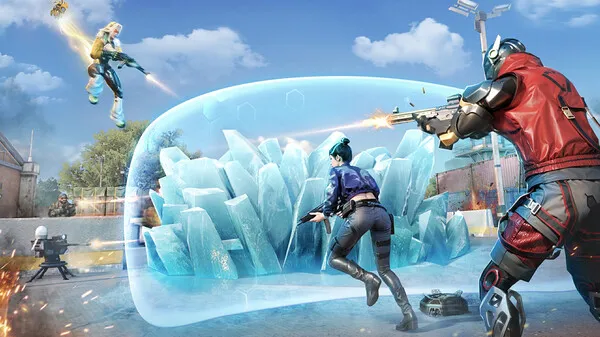
Long-Term Effects on Game Meta
The introduction of even temporary pay-to-win elements reshaped the Blood Strike meta. Players adapted by creating strategies that either leaned into paywalled items or avoided confrontations with those who had them.
Over time, this resulted in a fractured meta: one where competitive integrity was consistently questioned. Even after balance changes, the stigma remained. Players continued to debate whether victories were earned by skill or bank account size.
Lessons from Other Free-to-Play Shooters
To understand Blood Strike’s challenges, it helps to look at competitors like Apex Legends Mobile or Call of Duty: Mobile. Both have wrestled with similar balancing acts but leaned more heavily into cosmetics as their main revenue streams.
Comparisons with Competitors
- Apex Legends Mobile: Prioritized fair monetization but struggled with retention.
- Call of Duty: Mobile: Balanced cosmetic-heavy monetization with seasonal content.
- PUBG Mobile: Infamous for aggressive monetization but still maintained competitive play integrity.
Blood Strike’s deviation toward gameplay-impacting monetization made it stand out—but not in a good way.
The Role of Content Creators
Streamers and YouTubers played a crucial role in amplifying concerns. High-profile creators posted videos showcasing unfair advantages between free and paid players, often framing the issue as “proof” that Blood Strike had crossed into pay-to-win territory.
While some content creators defended the game, arguing that skill still mattered most, the louder voices leaned negative. This created a cycle where controversy drove views, and views reinforced negative perceptions of the game.
Future Outlook: Can Blood Strike Recover?
The question now is whether Blood Strike can recover its reputation and maintain a fair balance between free accessibility and competitive integrity. The developers face a delicate challenge: generating revenue without alienating the very player base that made the game successful.
Possible solutions include:
- Focusing monetization purely on cosmetics.
- Creating clear, grindable pathways to unlock any gameplay-affecting items.
- Establishing stricter competitive modes with standardized equipment.
Conclusion: A Struggle Between Vision and Reality
Blood Strike’s journey illustrates the precarious balance free-to-play games must navigate. The developers’ original vision of accessibility and fairness was quickly challenged by the realities of sustaining a live-service game. Community backlash, competitive integrity concerns, and monetization missteps have left lasting scars.
Still, the game’s core design—fast-paced, accessible, and engaging—remains strong. If the developers can learn from past mistakes and refocus on fairness, Blood Strike has the potential to rebuild trust and secure its place as a lasting force in the battle royale genre.








